BLOG
HOW TO CHOOSE THE BEST OFF-ROAD TYRE (II)
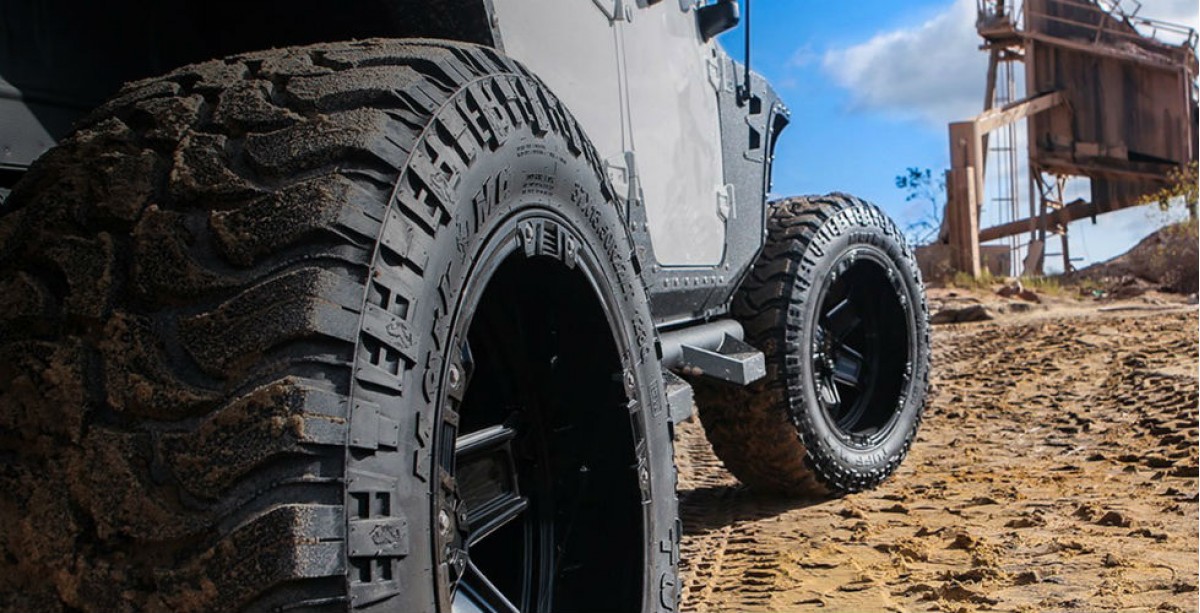
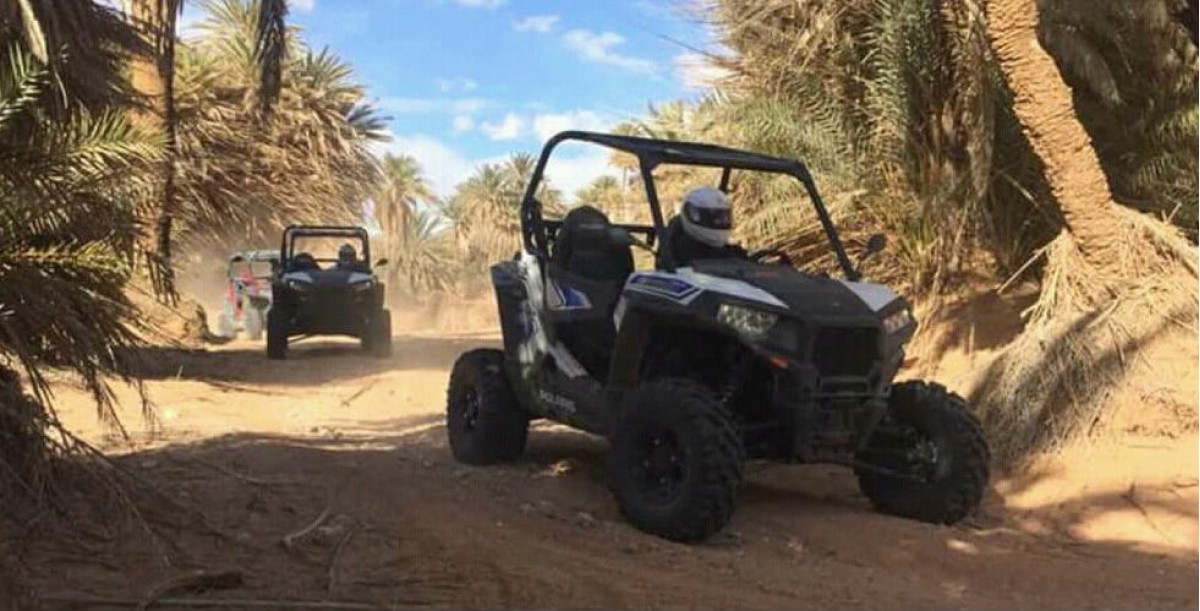
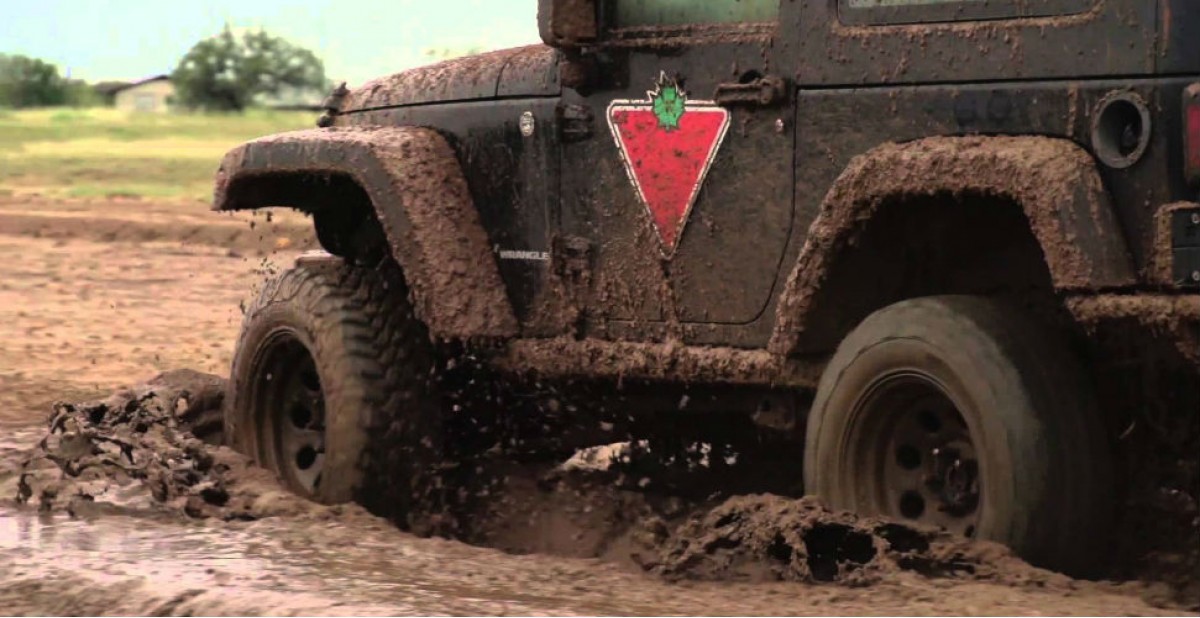
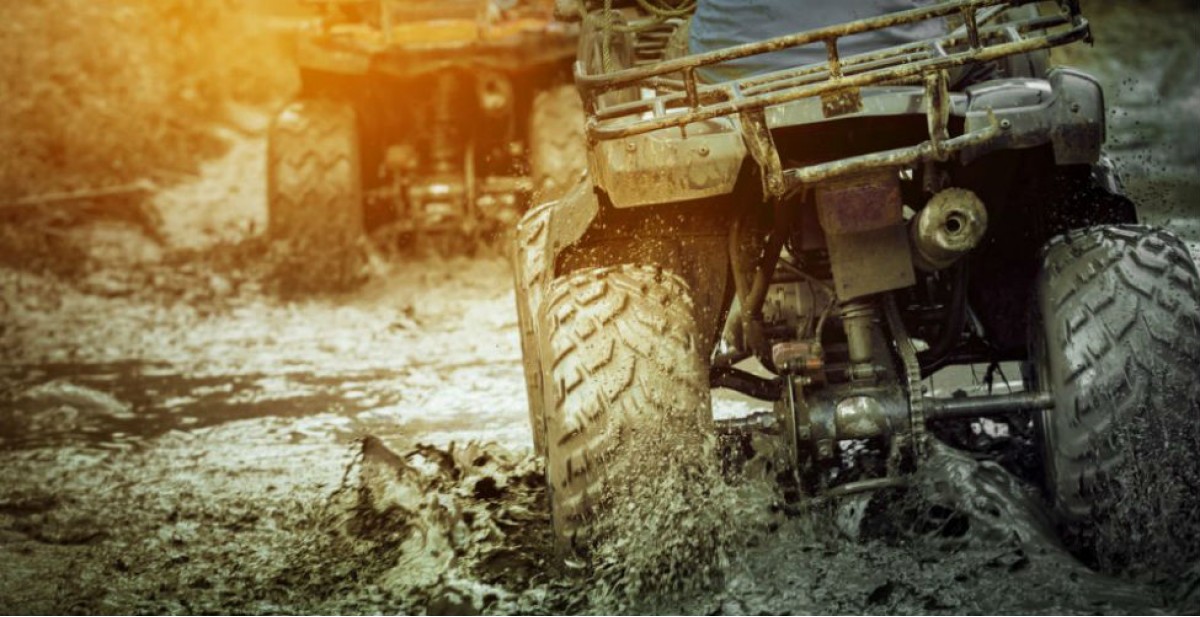
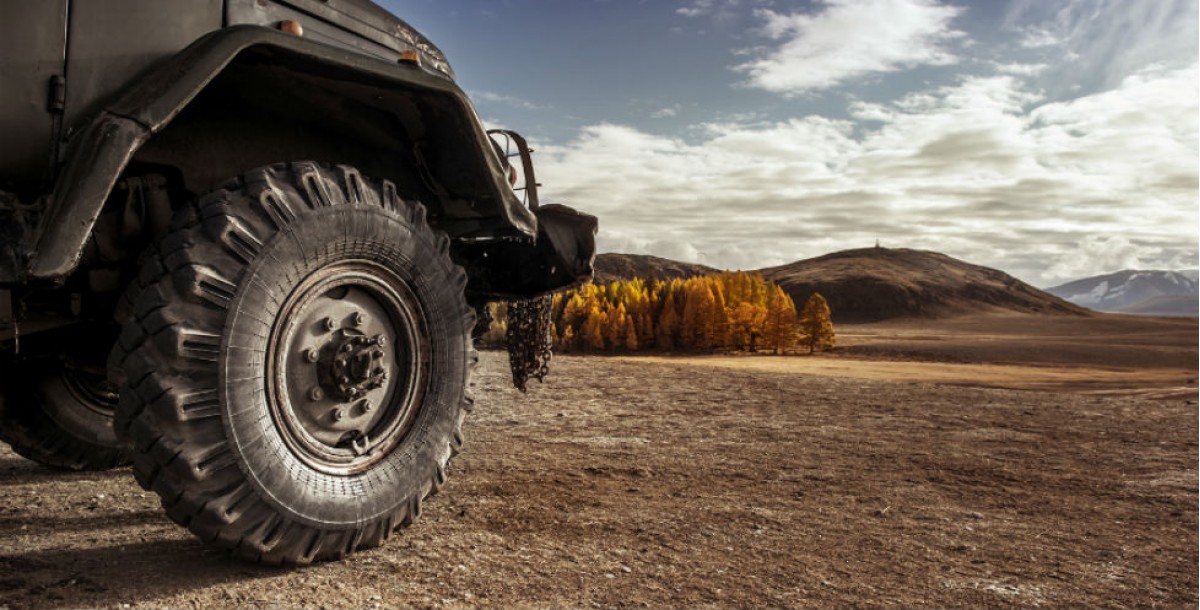
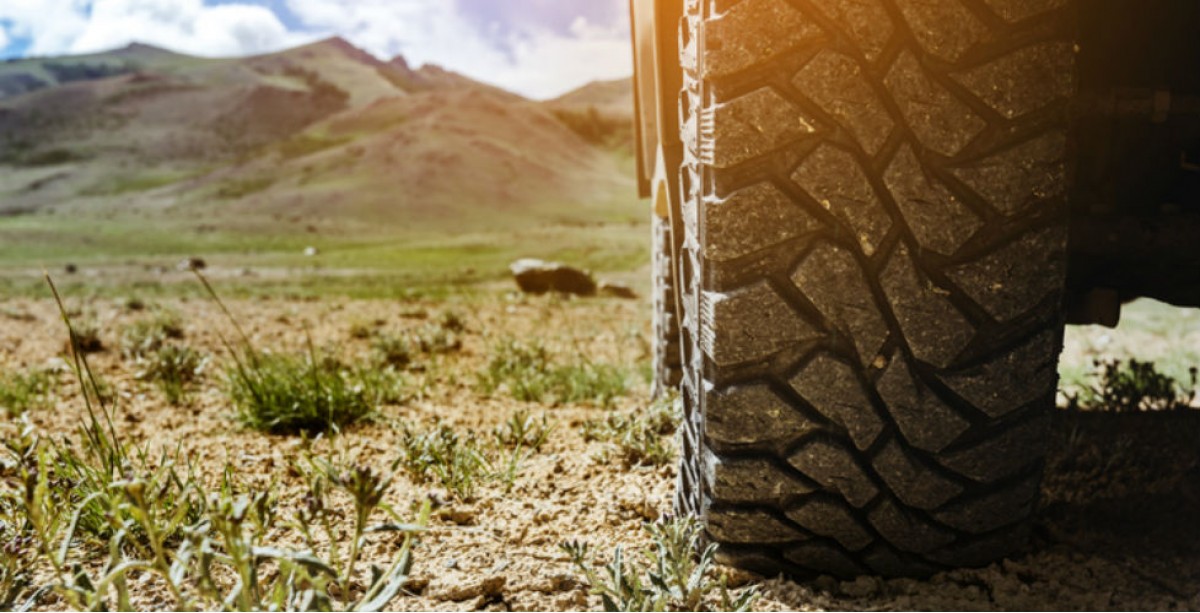
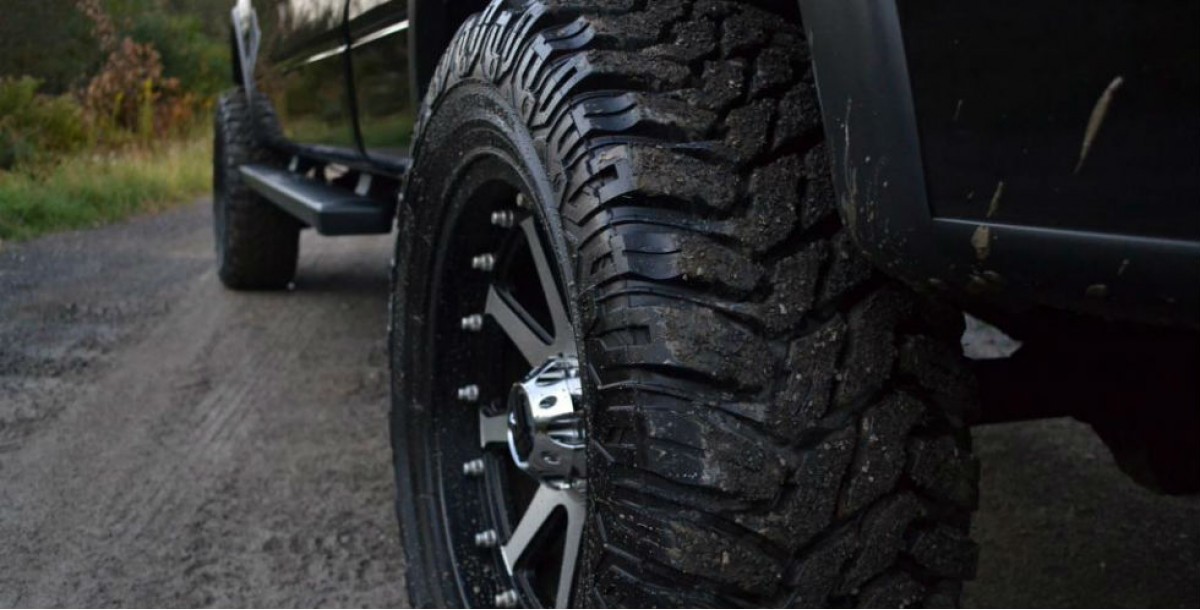
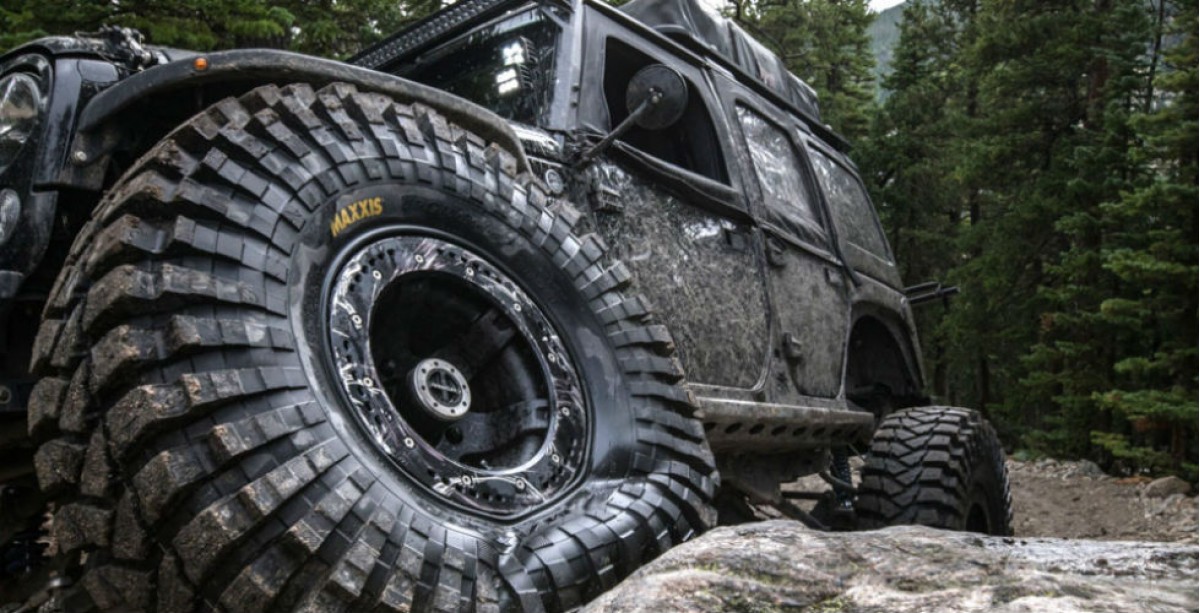
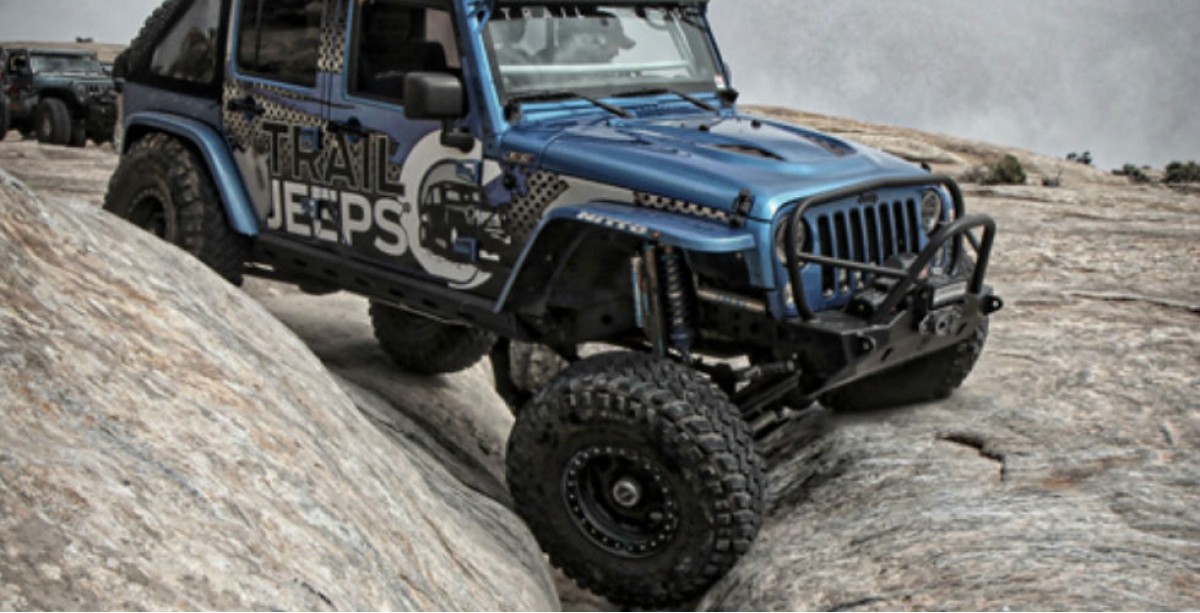
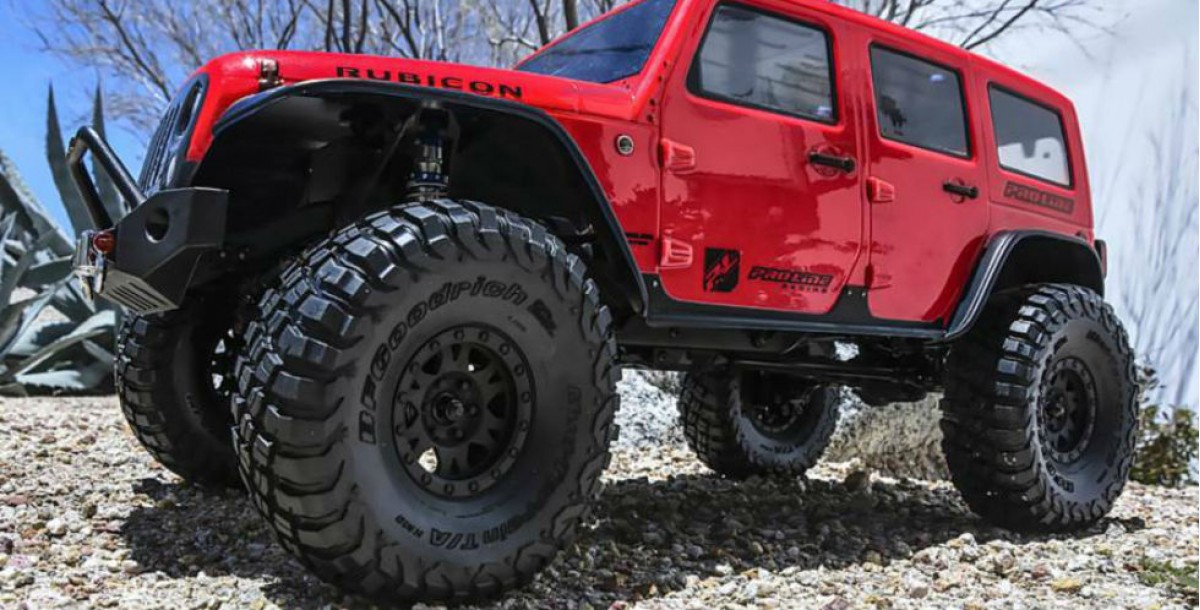
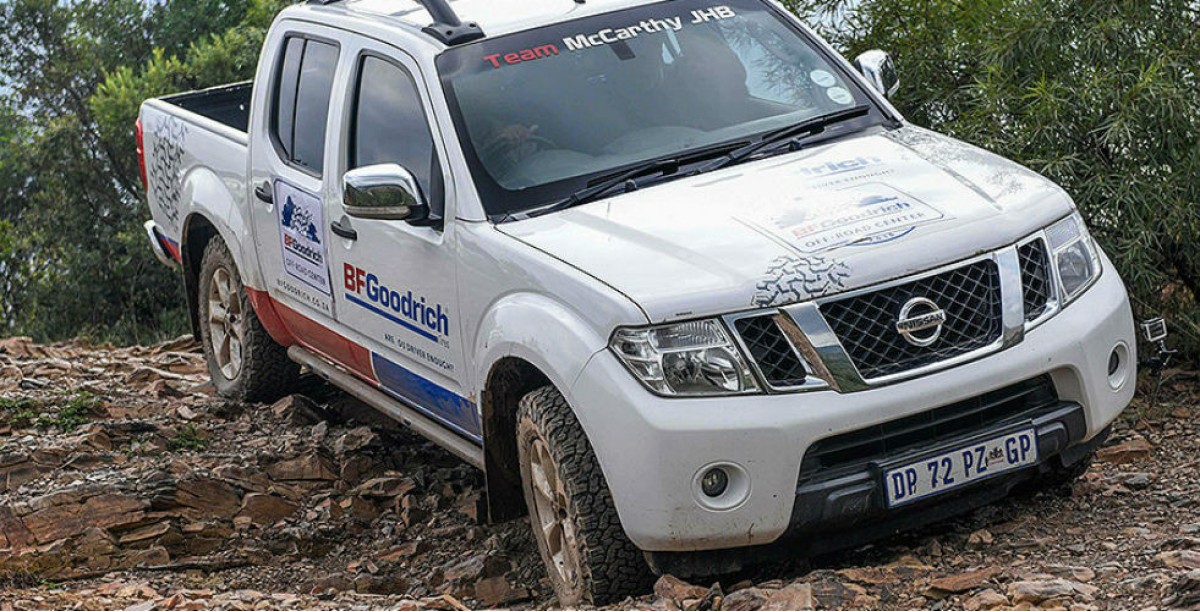
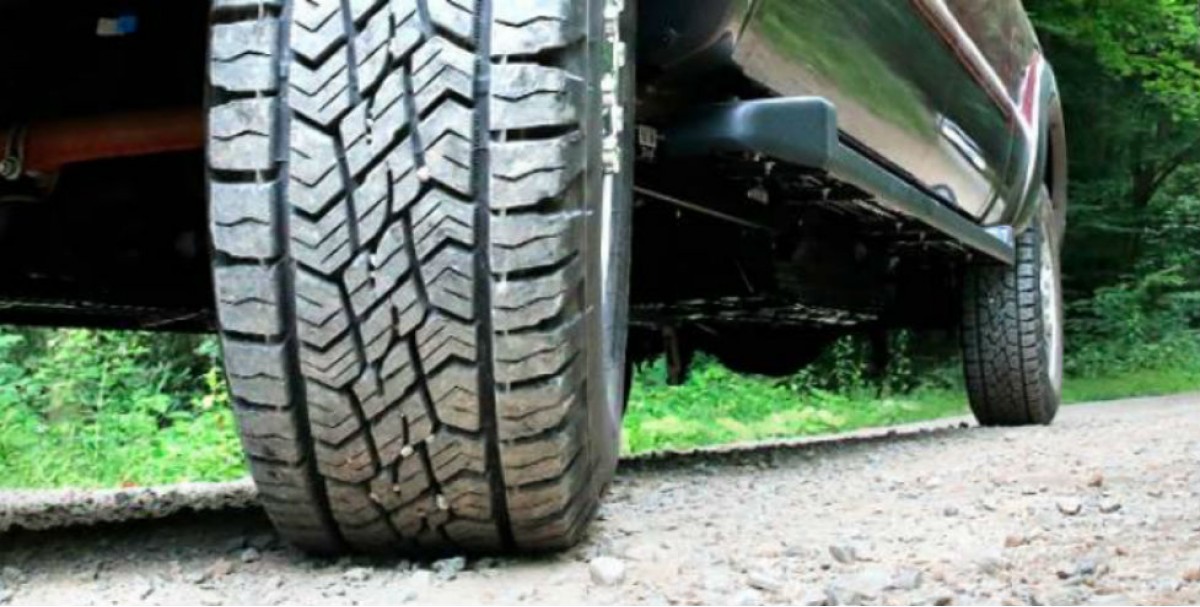
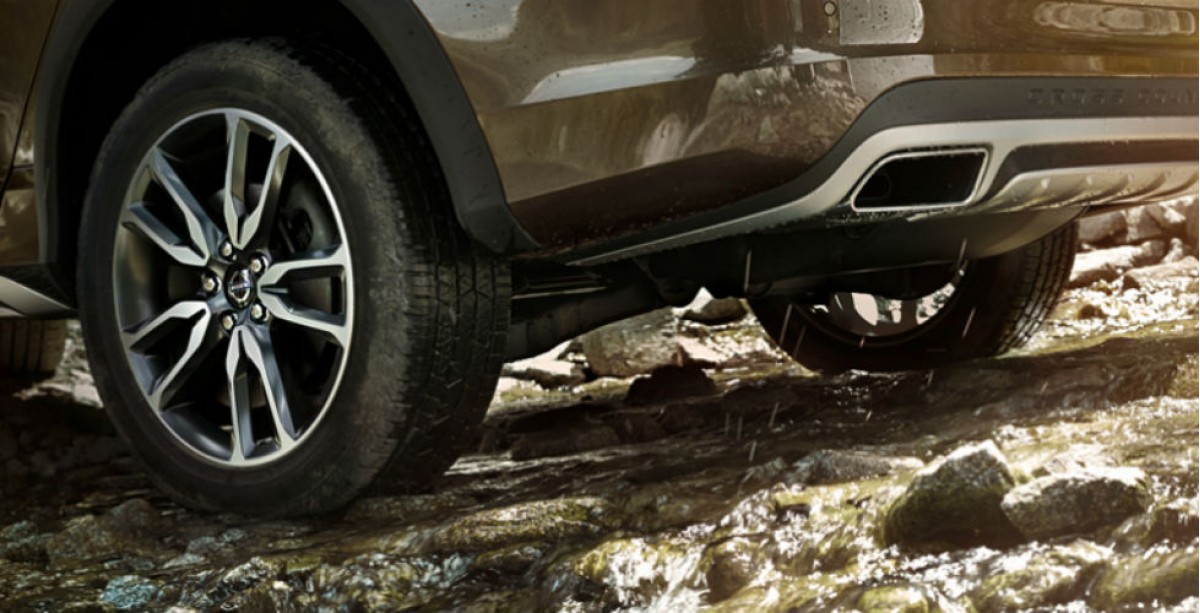
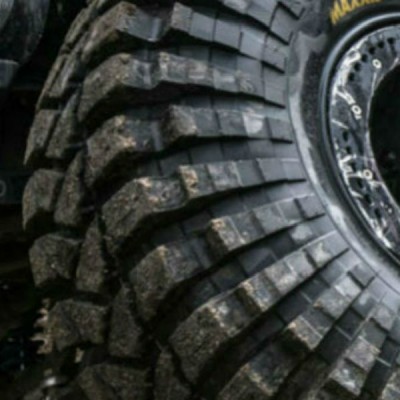
TIPS WHEN CHOOSING THE BEST OFF-ROAD TIRE
Choosing the ideal OFF-ROAD tire is not always so easy. There are several a large number of aspects that we should consider. We will try to briefly summarize the aspects that we consider relevant:
1. MARKETS
The first thing to consider is the brand or manufacturer.
Although nowadays, the differences between one brand and another tend to be minor, it is still important to know the support that said brand has in a certain market. The endorsement of the brand can be easily seen by the geographical coverage in the commercialization, which ensures replacement in the event of a mishap and also facilitates the management of guarantees, in case there is a manufacturing defect.
2. DESIGN
It is very common to get excited about a design that is pleasing to the eye, because it may be showy, aggressive, or it may even have colored letters on one of its sides. Decisions often go through these aspects rather than technical functionality.
A. APPLICATIONS
Regarding the designs, the type of use in question and the amount of time during which the vehicle will be running in that situation plays a special role.
- 70-30% Where 70% is the time on route and 30% off route. In this case, I would look for designs where the loins have an important longitudinal continuity. In this way, the contact with the ground is maximized, especially on the road, and the hum inside the cabin is not significantly increased. Usually, these types of tires also tolerate a greater speed range, without losing safety. For instance:
- 60-40% Where 60% is the driving time on the road and 30% off the road. The basic characteristic in this type of use is that designs with grooves perpendicular to the direction of rotation can be tolerated, which favor traction, but which in a road / asphalt scenario generate a higher noise level. For instance:
- 50-50% In this case, it would identify more aggressive designs without being totally off-road. In cases like this, the design that you have on the shoulders of the tire, the sides and if they eventually have rim protectors begin to play. For instance:
- 30-70% A use of these characteristics represents high availability cases for off-road. The relevance of the design, the shoulders and the sides acquire greater preponderance, because they ensure greater traction under extreme conditions and also protection. The advantages obtained in this type of service will be offset by those necessary for use on the road. Usually this type of tire has a lower tolerance to high speeds. For instance:
- 100% Off-Road. Needs of use where the vehicle is permanently exposed to extreme situations, require the inclusion of other variables such as space between studs, stone ejectors, silicone treatment, or even use them with measures of higher profiles, to gain greater protection of the rim. and fenders on all moving parts of the front and rear axle. For instance:
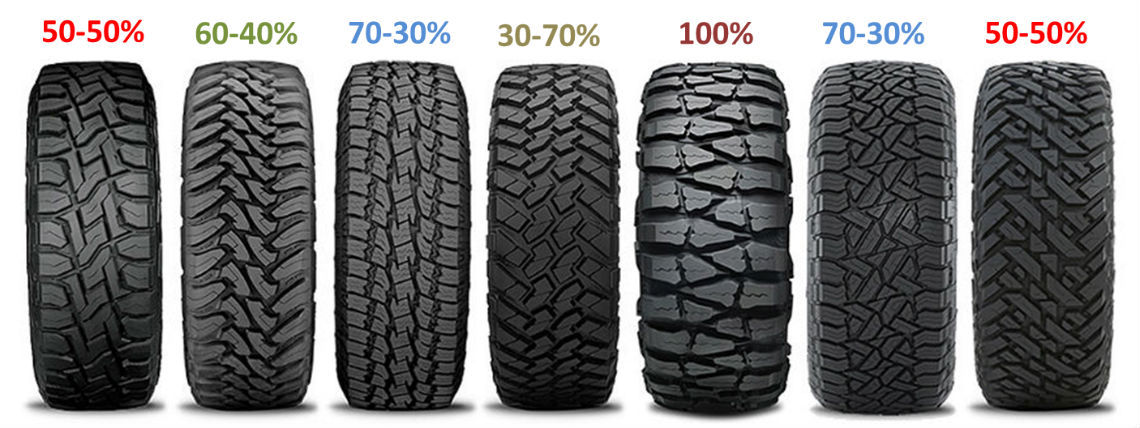
B. Soils
The floors where it will be necessary to circulate play a key role when choosing the type of design. At this point, the geometry of the tread becomes relevant, because not only will it play a significant role in the first few meters of driving, but you also have to choose a tire that, be it through the design, your shoulders, your side or even thanks to the compound used, it is ALWAYS KEPT CLEAN ensuring maximum efficiency during every need.
ASPHALT + RAIN: we always recommend tires with longitudinal design, to guarantee maneuverability. These are the designs with grooves along the tread, as commonly used by automobiles. These types of tires tolerate off-road use, but sporadically.
COMMON LAND + MUD: We recommend any of the designs described in the previous point, between 70-30% and 60-40% depending on the rainfall regime in the area of use, and the level of consolidation that rural roads have . Depending on the amount of mud that exists in the area, we recommend choosing tires, where the shoulders alternately have studs, because this improves traction by more than 10%.
CLAY EARTH + MUD: to what was stated in the previous point, we could add that some "silicone" designs have given very good results. The reason is that the silicone, which is embedded in the compound, makes it easier to keep the tire clean, this being one of the main problems with clay. The disadvantage of this type of tire is that it greatly improves its performance at low temperatures (winter). If used all year round, it should be taken into account that it may present premature wear, compared to another without silicone.
SAND: Sand has the disadvantage of being very abrasive. Driving on this type of terrain is very different from the rest, because a very sudden acceleration can imply that the tire is buried before it advances. We recommend closed-tread tires of the type used for COMMON GROUND, where there is a larger contact surface and less clearance between studs.
SMALL STONES: The size of the gravel plays an important role, for two reasons: The first because if the spaces between the studs are small they can lodge there, and as the use of the tire progresses, irremediably damage the carcass. The second is that with a correct choice, it allows you to benefit from stone "ejectors". Technical characteristics that are included in more extreme designs. You can also choose tires, with a KEVLAR structure, which ensures a much more robust carcass.
STONES: When it comes to totally off-road, avoiding stones, rivers, swamps and inhospitable places, many times without the existence of any path only the footprint of animals, tires, with a higher profile, should be used at a medium pressure to increase the contact surface, and with marked protections on the sides. These protuberances or excess rubber on the sides, ensure greater traction and fundamentally, a technical defense, against the action of mechanical agents that could damage the tire. Let us remember that the weakest side of the tire is and always will be, its side. Most of the tires, known as MILITARY RANK, have these characteristics and use the KEVLAR as a standard in their structure.
vs Oct 2021

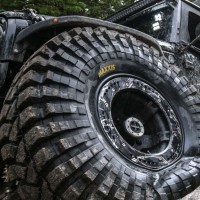
Leave your comment